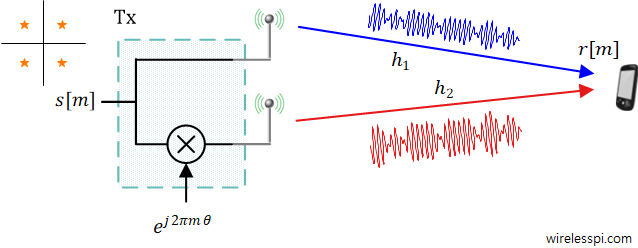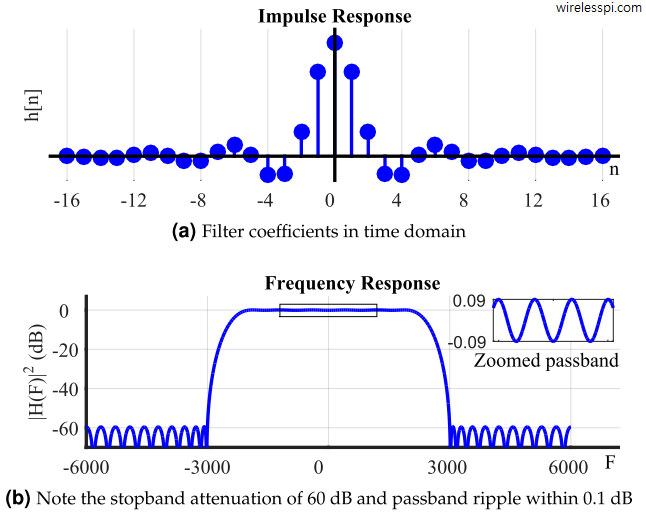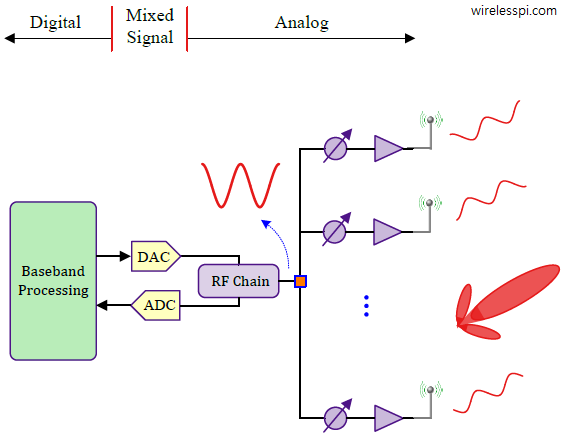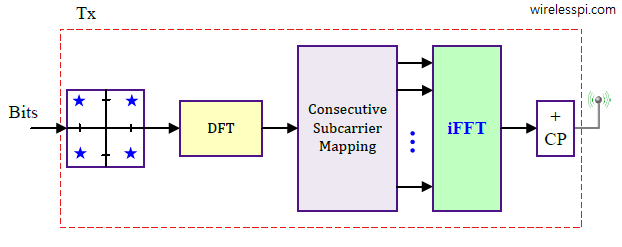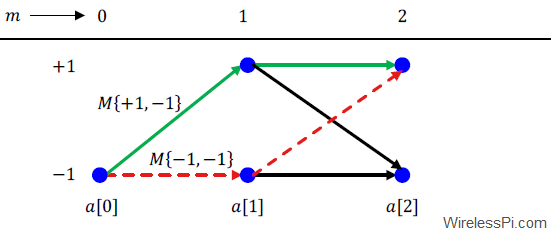We have seen before that diversity implies using two or more statistically independent replicas for the transfer of the same information. This improves the reliability of the received message because nothing can recover the data signal in a deep fade except getting more copies of the same message. Spatial diversity has also been discussed in the context of multiple antenna systems. In this article, we describe how this diversity arising from the presence of multiple antennas can be converted into time or frequency diversity. Delay diversity converts spatial diversity into frequency diversity Phase-roll diversity converts spatial diversity into time diversity
Continue reading